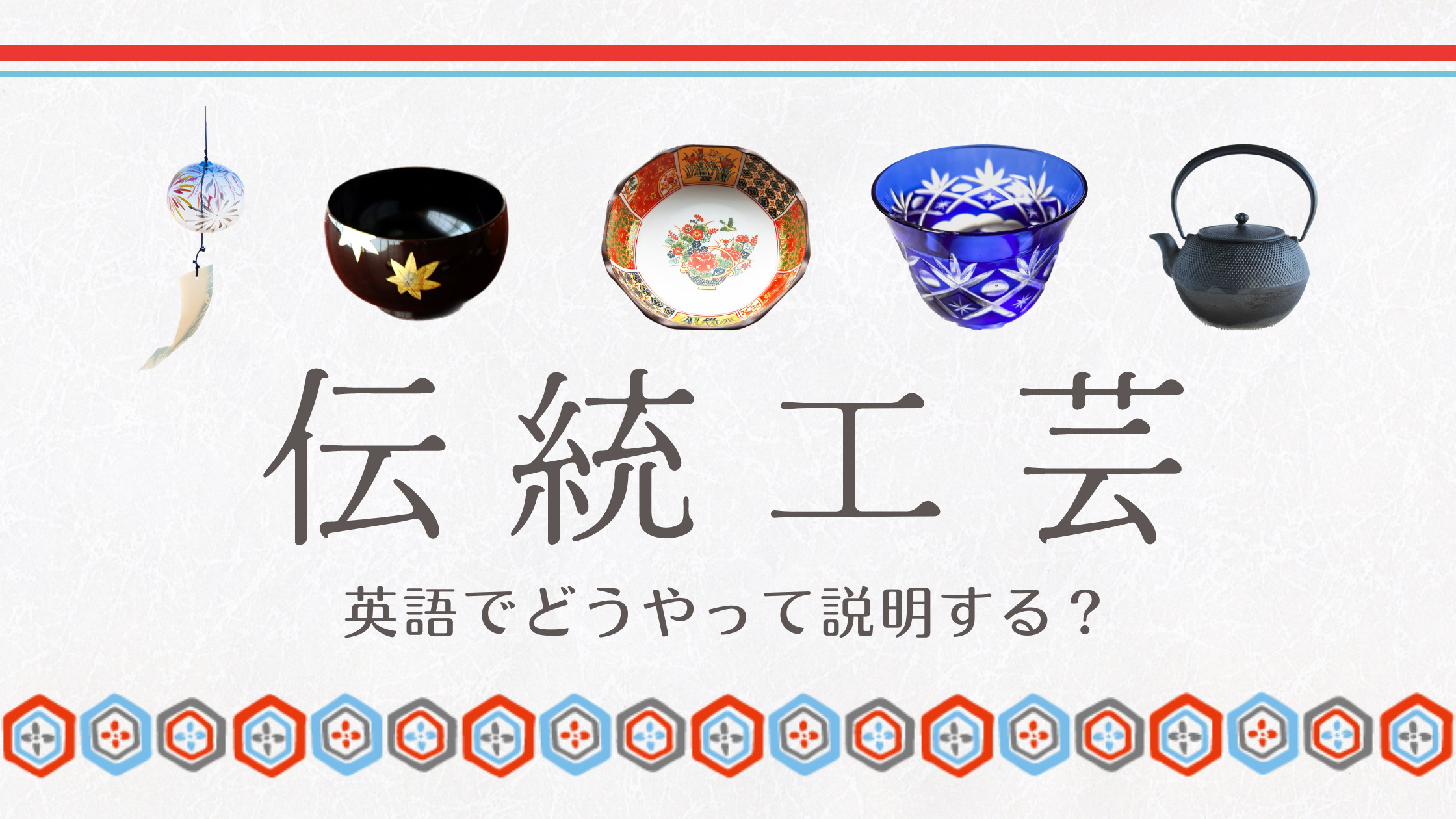日本は食や歴史的建造物、ホスピタリティなどさまざまな分野で世界的に有名ですが、伝統工芸も忘れてはならないものの1つです。
今回の記事では、日本の伝統工芸品について解説します。
英語の記事:
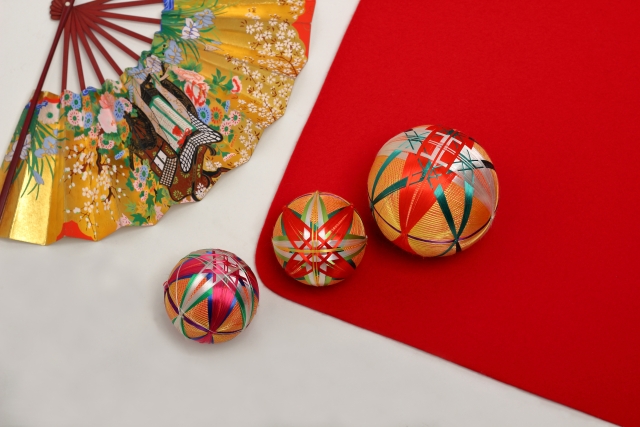

【この記事を書いているのは…】
石井 政章(いしい まさあき)
元ホテルマンです。リゾートホテル、シティホテルで主にフロントスタッフとして働いていました。
ホテルで働こうと思ったきっかけは、海外が好きで英語を活かしたいのと人を喜ばせたいという想いがあったからです。
現在は退職しWebライターとして活動しています。
「日本の伝統工芸」は英語で何と言う?
日本の伝統工芸は、Japanese traditional craftsと言います。
代表的な伝統工芸をいくつか、英語で説明してみましょう。
「江戸切子」を英語で説明する
Edo Kiriko is one of the most famous traditional crafts in Tokyo. It is a glass craft made by engraving beautiful patterns on colorful glasses.
江戸切子は、東京を代表する伝統工芸のひとつです。カラフルなガラスに、美しい模様を彫り込んだガラス工芸品です。
Edo Kiriko was born in Edo (now Tokyo) in 1834, by glasswork artisans who began carving glass using sand called “Kongo Sand.”
江戸切子は、1834年に江戸(現在の東京)で「金剛砂」と呼ばれる砂を使ってガラスを彫り始めたガラス細工職人によって生まれました。
At the beginning of the Meiji Period, a glass craftsman from England, Emanuel Hauptman, taught more than around 10 Japanese craftsmen the technique of glass carving.
明治時代の初め、イギリスのガラス工芸家エマニュエル・ホープトマンは、 約10人以上の日本の職人にガラス彫刻の技術を教えました。
Today, Edo Kiriko is recognized as one of Japan’s traditional crafts.
現在、江戸切子は日本の伝統工芸品の一つとして認められています。
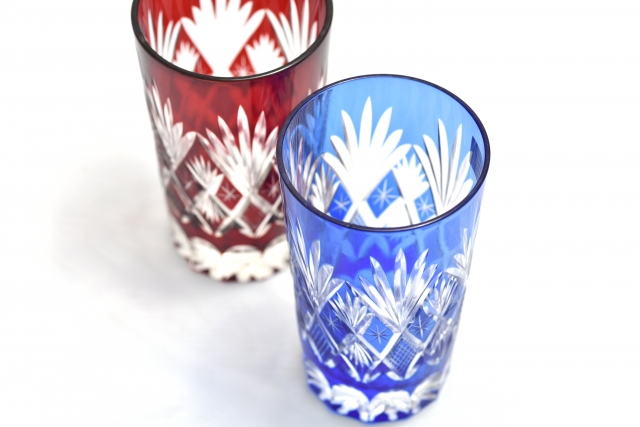
glass craft ガラス工芸品 / engrave 彫る / craftsman 職人 / glass carving ガラス彫刻
「南部鉄器」を英語で説明する
This craft, with its black castings and numerous dots, is Nambu Tekki,aka Nambu ironware.
黒い鋳物と無数のドットが特徴の工芸品が南部鉄器です。
There are many different patterns of Nambu ironware, but the most famous one is “tetsubin”, an iron kettle.
南部鉄器にはさまざまな模様がありますが、代表的なのは「鉄瓶」です。
This traditional handicraft originated in Iwate Prefecture and is said to have been made since around the 17th century.
岩手県発祥の伝統的な手工芸品で、17世紀頃から作られていると言われています。
One of the notable characteristics of a Nambu iron kettle is, when you fill it with water, boil and drink it, surprisingly, you do not taste or smell the iron.
南部鉄瓶の特徴として、水を入れて沸騰させて飲むと、驚くことに鉄の味や匂いはしません。
Therefore, you can make your tea more delicious with this iron kettle.
そのため、この鉄瓶を使えば、お茶をより美味しく淹れることができます。
It is also very durable and lasts for a long time providing you take good care of it.
耐久性にも優れており、手入れをしっかりすれば長く愛用できます。
Nowadays, in addition to a black one, red and blue Nambu ironware are also available, and a number of Nambu ironware is exported to the world.
現在では黒のほか、赤や青の南部鉄器もあり、数多くの南部鉄器が世界に輸出されています。
Prices range from about ¥10,000 to ¥50,000.
価格は約10,000円から50,000円までです。
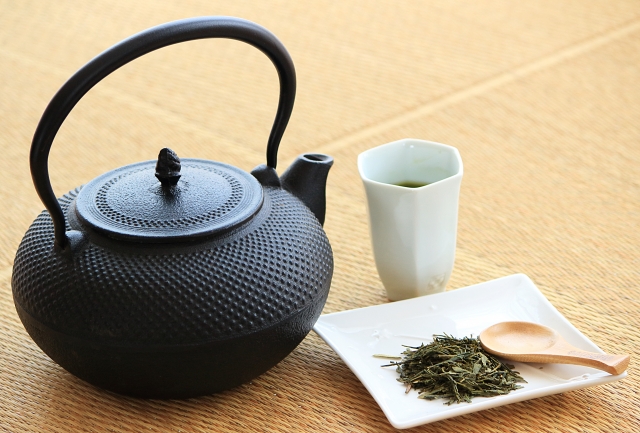
casting 鋳物 / ironware 鉄器 / handicraft 手工芸 / durable 耐久性が高い
「有田焼」を英語で説明する
Arita-yaki is the traditional ceramic ware produced in Arita and the surrounding area in Saga Prefecture.
有田焼は、佐賀県の有田とその周辺地域で作られる伝統的な焼き物です。
it is a craft with over 400 years of history.
400年以上の歴史を持つ工芸品です。
When Toyotomi Hideyoshi sent his troops to Korea during the Sengoku Period, Lee Sam-pyeong, one of the Korean potters, who accompanied the lord of Hizen Province (present-day Saga and Nagasaki Prefecture) from Korea, started making pottery by using pottery stones found in Arita.
戦国時代、豊臣秀吉の朝鮮出兵の際、朝鮮から肥前国(現在の佐賀県、長崎県)の領主に随行した朝鮮人陶工の一人、李参平は、有田で見つけた陶石を使って陶器作りを始めたと言われています。
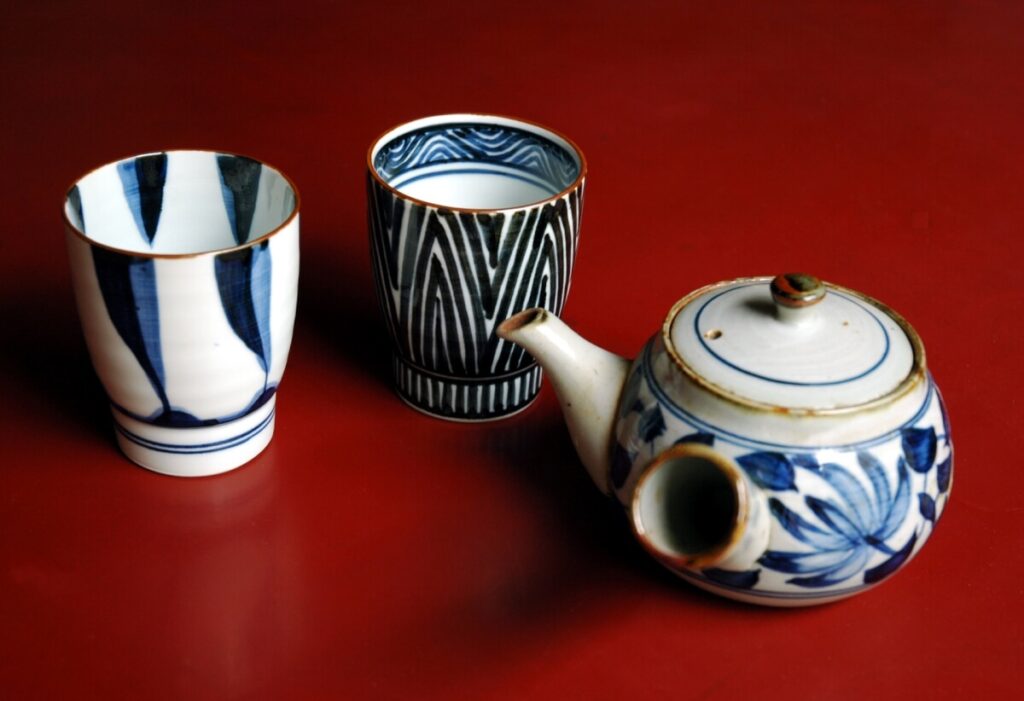
ceramic ware 焼き物 / pottery 陶磁器
「輪島塗」を英語で説明する
The lacquerware born in Wajima City, Ishikawa Prefecture, is Wajima-nuri.
石川県輪島市で生まれた漆器が輪島塗です。
Unfortunately, the exact origin is unknown, however, it is clear from documents that there was a Wajima-nuri craftsman in 1476.
残念ながら正確な出自は不明ですが、1476年に輪島塗職人がいたことが文献から明らかです。
A variety of Wajima-nuri lacquerware is sold, including soup bowls, chopsticks, Jubako, hand mirrors, and tea utensils.
輪島塗の漆器はお椀やお箸など、重箱、手鏡、茶器など、多く販売されています。
There are many steps involved in making Wajima-nuri, more than 120 if you include the more detailed processes. Whereas for other crafts only one craftsman is often in charge of all the processes, Wajima-nuri are usually made by a team of skilled workers.
輪島塗の工程は多く、細かい工程を含めると120以上にも及びます。他の工芸品では一人の職人がすべての工程を担当することが多いですが、輪島塗は熟練した職人が何人も集まって作るのが一般的です。
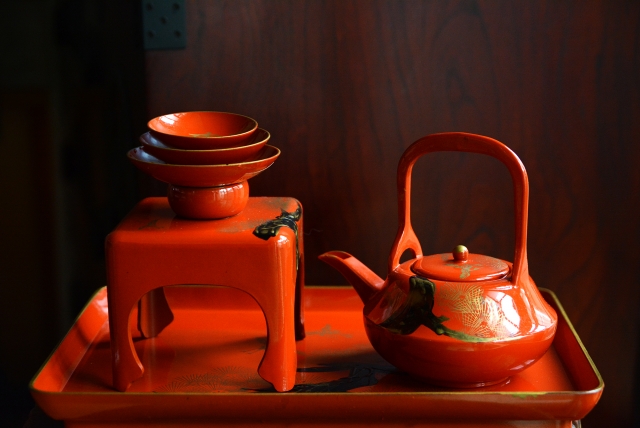
lacquerware 漆器
「風鈴」を英語で説明する
Furin is a Japanese wind chime that brings the Japanese people a sense of relief during the scorching summer heat.
風鈴は日本の風鈴で、夏の暑い時期に日本人に癒しをもたらします。
The relaxing, tingling sound that the wind chimes make is supposed to make you feel less warm as just thinking about a light breeze will cool you down.
風鈴が奏でる心地よい音は、そよ風を考えるだけで涼しくなるので、暑さを和らげてくれるはずです。
This Japanese summer symbol can be bought in many souvenir shops, and if you are feeling creative you can even make your own during a workshop too!
この日本の夏のシンボルは、土産物店で購入できるほか、ワークショップで自分だけのものを作ることもできます。
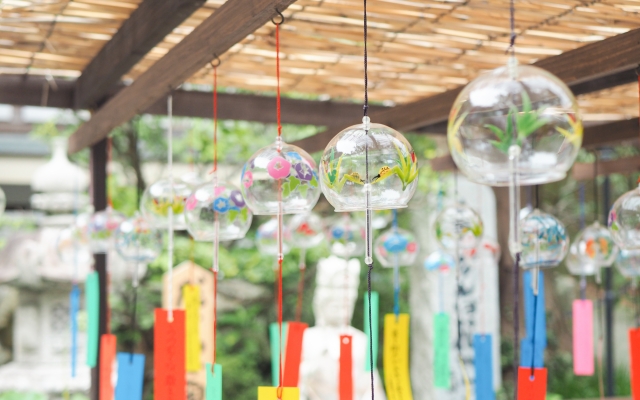
wind chime 風鈴 / scorching 焼けつくような暑さ / light breeze そよ風
まとめ
今回は日本の伝統工芸品について解説いたしました。
伝統工芸を外国人に紹介する機会があれば、ぜひこの記事を参考にしてください。
あわせて読みたい
英語を活かせるアルバイト!日本の魅力を世界に届ける仲間大募集!
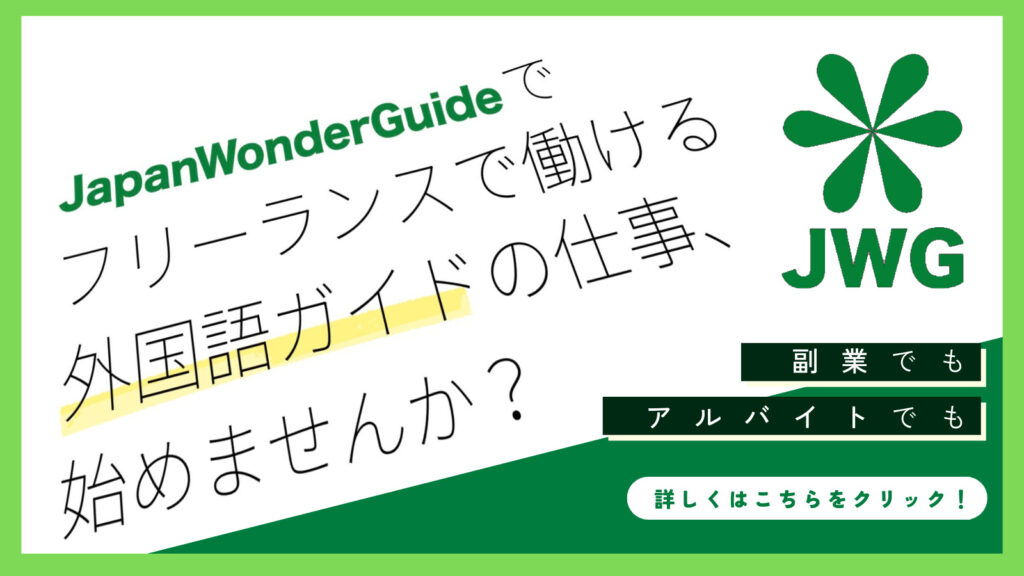
JapanWonderGuide(JWG)は「日本のガイドの質を世界一に」をスローガンに掲げるガイドコミュニティです。2020年から活動を開始し、全国通訳案内士等を中心に、現在は、2,000名を超えるコミュニティとなっております。
通訳案内士や外国語ガイドは、日本に観光に来たゲストが存分に日本を楽しめるようご案内するお仕事です。
「語学力や留学経験などを活かしたい」「日本の魅力を世界に伝えたい」と思っている方!外国語ガイドに挑戦してみませんか?
JWGでは、会員の方をKNOTTERと呼んでいますが、
『KNOTTER=結び目をつくる人』です。
日本の国境が開き、インバウンドが盛り上がってくる今、
日本と世界の結び目をつくるKNOTTERを募集しています!

まずはフリーメンバーに登録してみませんか?
Japan Wonder Travelのサイトで、自分のつくったツアーを売ることが出来ます。
「学校の合間に」「週末だけ」でも大歓迎!
JapanWonderGuideと一緒に、ガイドへの一歩を踏み出しましょう!

